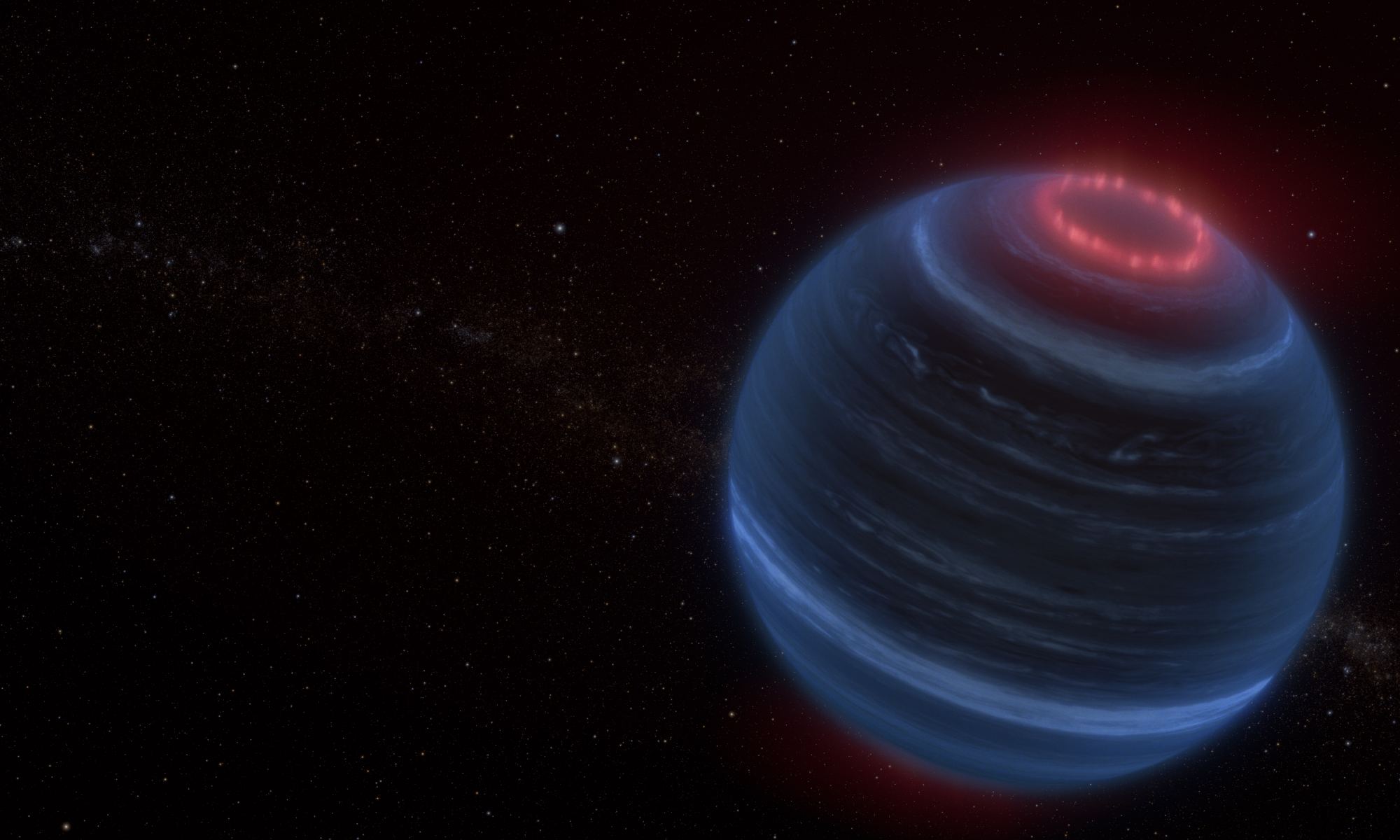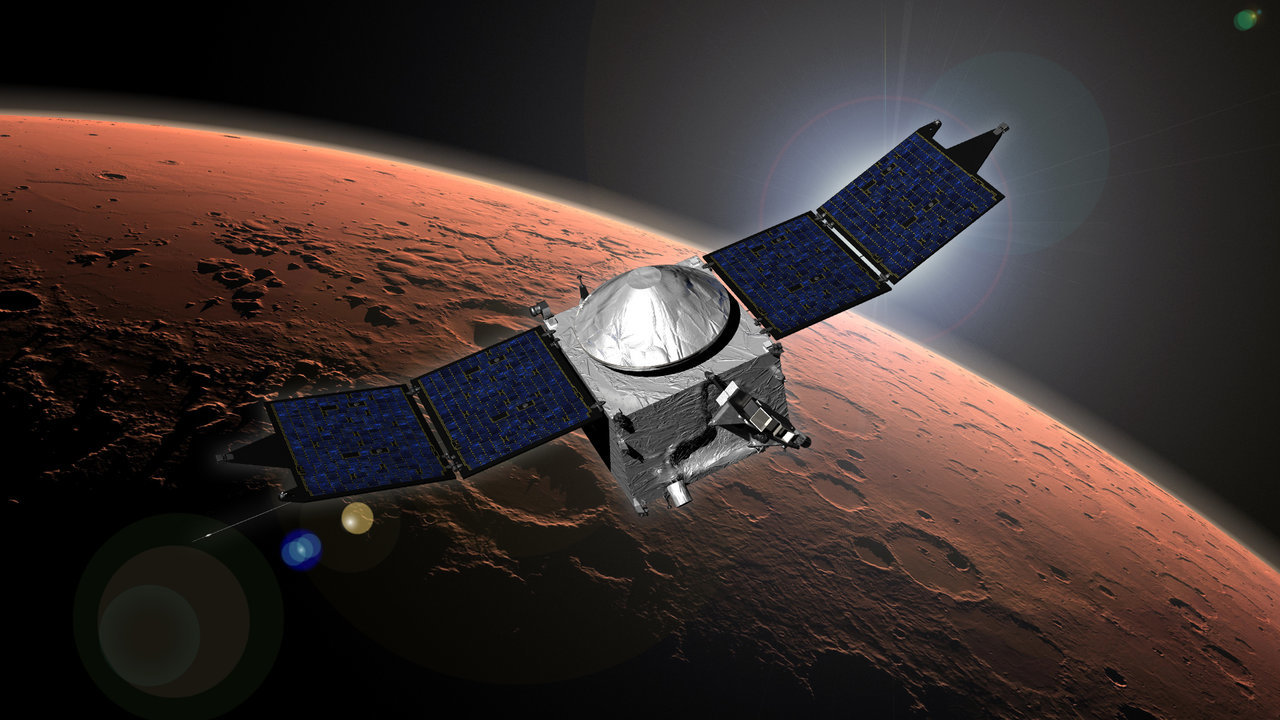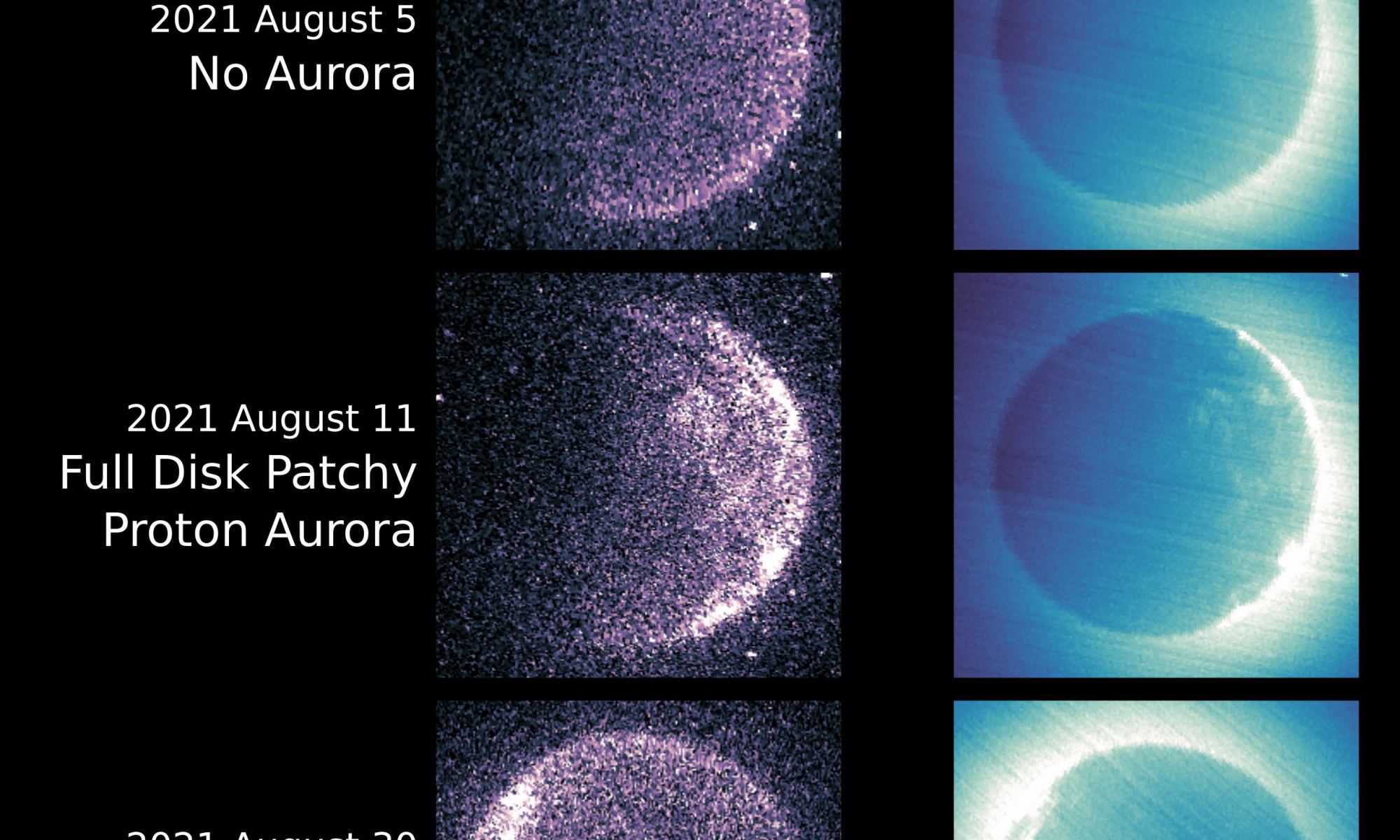Yesterday the Sun released a huge solar flare, and it’s heading toward Earth! It’s nothing to worry about since it’s nowhere near as large as the Carrington Event of 1859, but it is large enough to give us some amazing aurora.
Continue reading “The Sun Unleashes its Strongest Flare This Cycle”The Sun Hurls its Most Powerful Flare in a Decades
The Sun has been vying for attention these last couple of weeks. First with the appearance of a fabulous complex sunspot region and then with a plethora of solar flares. On the 14th May, yet another was released, this time an X8.7 class flare from the same complex sunspot regions. It was significantly more powerful than the flare that set off the aurora displays which enchanted much of the planet but alas it was not pointing toward the Earth ( 🙁 sad emoji face.) Even though it was not directed at us, it could still disrupt communications and electronics but is a reminder that the Sun, whilst is on its way to solar maximum still has lots to give.
Continue reading “The Sun Hurls its Most Powerful Flare in a Decades”What a Weekend! Spectacular Aurora Photos from Around the World

“A dream come true.”
“I never expected this!”
“The most amazing light show I’ve ever seen in my life!”
“Once in a lifetime!”
“No doubt, this weekend will be remembered as ‘that weekend.’”
That’s how people described their views of the Aurora borealis this weekend, which put on a breathtaking celestial show around the world, and at lower latitudes than usual. This allowed hundreds of millions of people to see the northern lights for the first time in their lives. People as far south as Arizona and Florida in the US and France, Germany and Poland in Europe got the views of their life as a series of intense solar storms – the most powerful in more than 20 years – impacted Earth’s atmosphere starting Friday and through the weekend.
Continue reading “What a Weekend! Spectacular Aurora Photos from Around the World”If You’ve Never Seen An Aurora Before, This Might Be Your Chance!
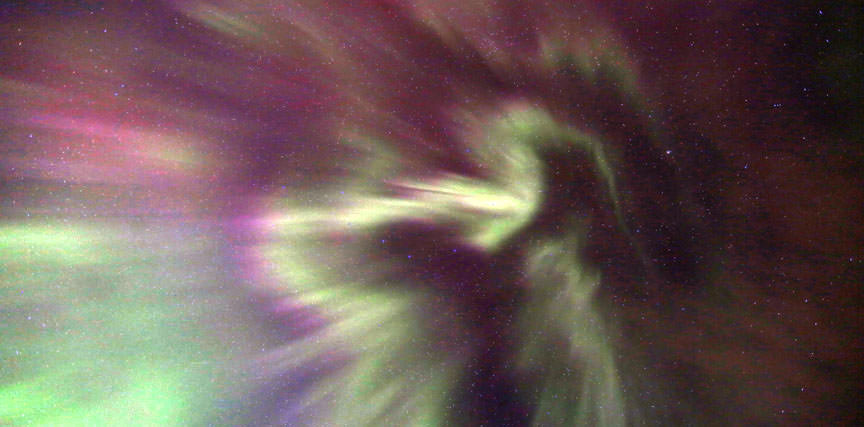
Tonight and the rest of the weekend could be your best chance ever to see the aurora.
The Sun has been extremely active lately as it heads towards solar maximum. A giant Earth-facing sunspot group named AR3664 has been visible, and according to Spaceweather.com, the first of an unbelievable SIX coronal mass ejections were hurled our way from that active region, and is now hitting our planet’s magnetic field.
Solar experts predict that people in the US as far south as Alabama and Northern California could be treated to seeing the northern lights during this weekend. For those of you in northern Europe, you could also be in for some aurora excitement. Check the Space Weather Prediction Center’s 30-minute Aurora Forecast for the latest information.
If the weather conditions are right in your area, you might hit the aurora jackpot. See a map with predictions, below.
Continue reading “If You’ve Never Seen An Aurora Before, This Might Be Your Chance!”A Cold Brown Dwarf is Belching Methane Into Space
Brown dwarfs span the line between planets and stars. By definition, a star must be massive enough for hydrogen fusion to occur within its core. This puts the minimum mass of a star around 80 Jupiters. Planets, even large gas giants like Jupiter, only produce heat through gravitational collapse or radioactive decay, which is true for worlds up to about 13 Jovian masses. Above that, deuterium can undergo fusion. Brown dwarfs lay between these two extremes. The smallest brown dwarfs resemble gas planets with surface temperatures similar to Jupiter. The largest brown dwarfs have surface temperatures around 3,000 K and look essentially like stars.
Continue reading “A Cold Brown Dwarf is Belching Methane Into Space”A Solo Brown Dwarf Found With Auroras
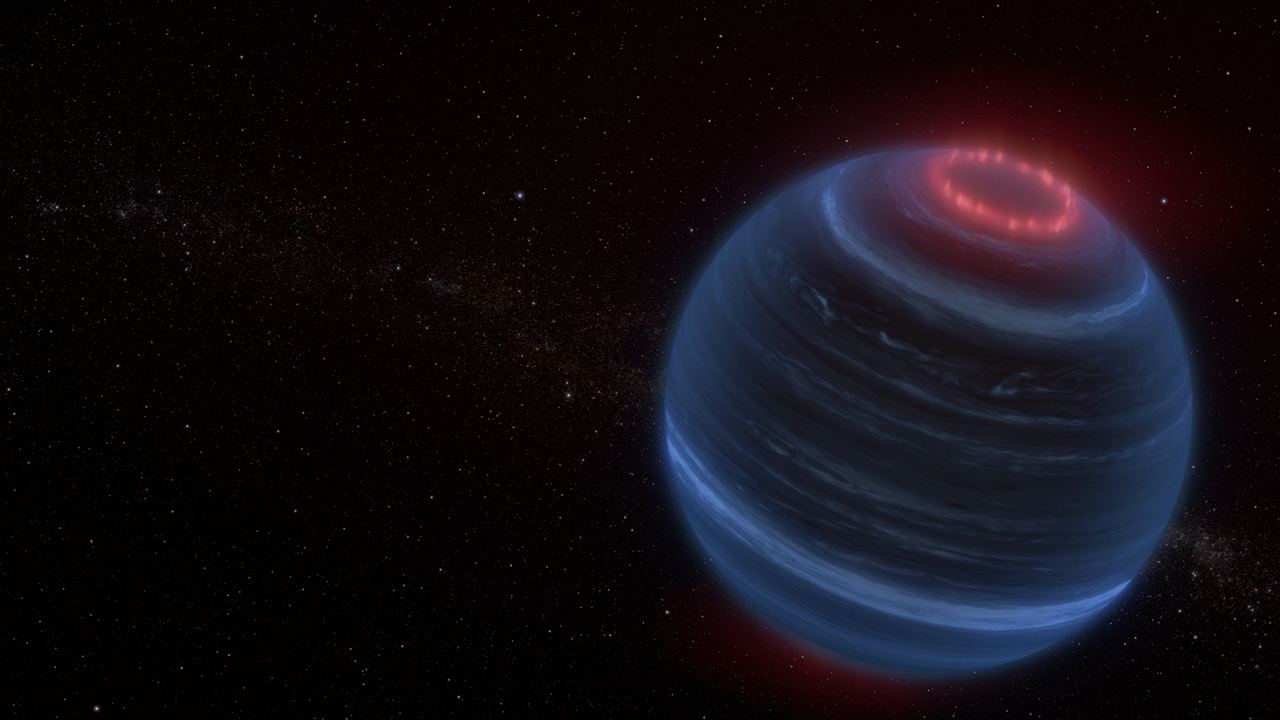
Astronomers have used JWST to find a brown dwarf with polar auroras like the Earth, or Jupiter. This is surprising because the brown dwarf, dubbed W1935, is a free-floating object, meaning it isn’t part of another star system. Therefore, there’s no solar wind available to generate any Northern Lights. Instead, the auroras are seemingly generated from methane emissions in the planet’s atmosphere, interacting with the interstellar plasma. Another theory is that it perhaps has an active but unseen moon contributing to the emissions.
Continue reading “A Solo Brown Dwarf Found With Auroras”Solar Storms Could Cause Mayhem to Trains
The rail service here in the UK is often the brunt of jokes. If it’s not the wrong type of rain, or the leaves are laying on the tracks the wrong way then it’s some other seemingly ludicrous reason that the trains are delayed, or even cancelled. A recent study by scientists at the University of Lancaster suggest that even the solar wind might cause train signals to be incorrectly triggered with potentially disastrous consequences.
Continue reading “Solar Storms Could Cause Mayhem to Trains”NASA’s MAVEN Witnessed Auroras as Multiple Solar Storms Crashed into Mars
After orbiting Mars for eight long years, NASA’s Mars Atmosphere and Volatile EvolutioN (MAVEN) spacecraft observed an extraordinary duo of auroras around the Red Planet that resulted from solar storms emanating from the Sun only a few days earlier on August 27. This observation is extraordinary since Mars lacks a global magnetic field so the solar flares must have been very powerful for MAVEN to detect them.
Continue reading “NASA’s MAVEN Witnessed Auroras as Multiple Solar Storms Crashed into Mars”Jupiter’s Atmosphere is Surprisingly Hot
Jupiter is a big planet, but it’s still a planet. That means it doesn’t heat itself through fancy mechanisms like nuclear fusion. Its interior is heated through its own weight, squeezing the interior through hydrostatic equilibrium, and its surface is heated mostly by the Sun. Since Jupiter only gets about 4% of the light per square meter that Earth gets, you’d expect its upper atmosphere to be pretty cold. Traditional models estimate it should be about -70 degrees Celsius. But recent measurements show the upper atmosphere is over 400 degrees Celsius, and in the polar regions as much as 700 degrees Celsius. In the words of Ruby Rhod from the movie The Fifth Element, “It’s Hot Hot Hot!”
Continue reading “Jupiter’s Atmosphere is Surprisingly Hot”A New Map Shows how Solar Winds Rain Down Everywhere on Mars
In a joint effort between NASA’s MAVEN spacecraft and the United Arab Emirates’ Emirates Mars mission (EMM), scientists have observed an uncommonly chaotic interaction between the solar wind and Mars’ upper atmosphere, creating a unique ultraviolet aurora. The phenomenon represents an unusual occurrence in Martian space weather, and scientists are excited to take advantage of future collaborations between spacecraft to keep an eye out for repeat events.
Continue reading “A New Map Shows how Solar Winds Rain Down Everywhere on Mars”


